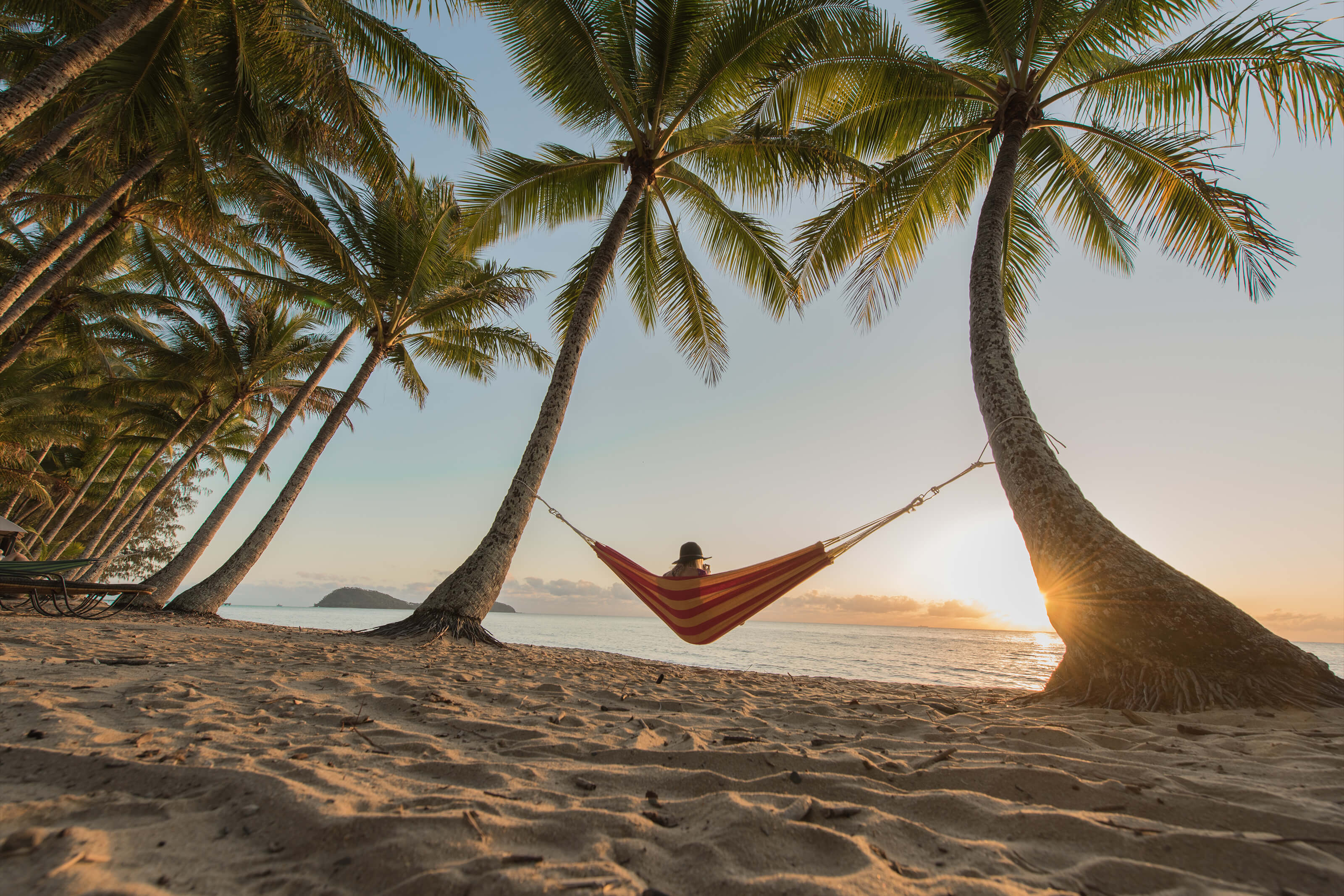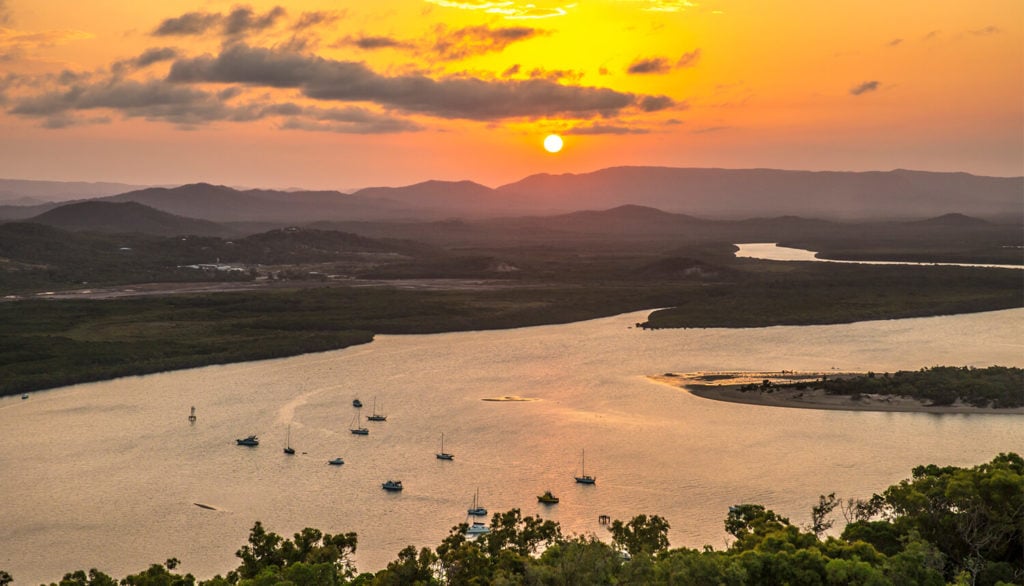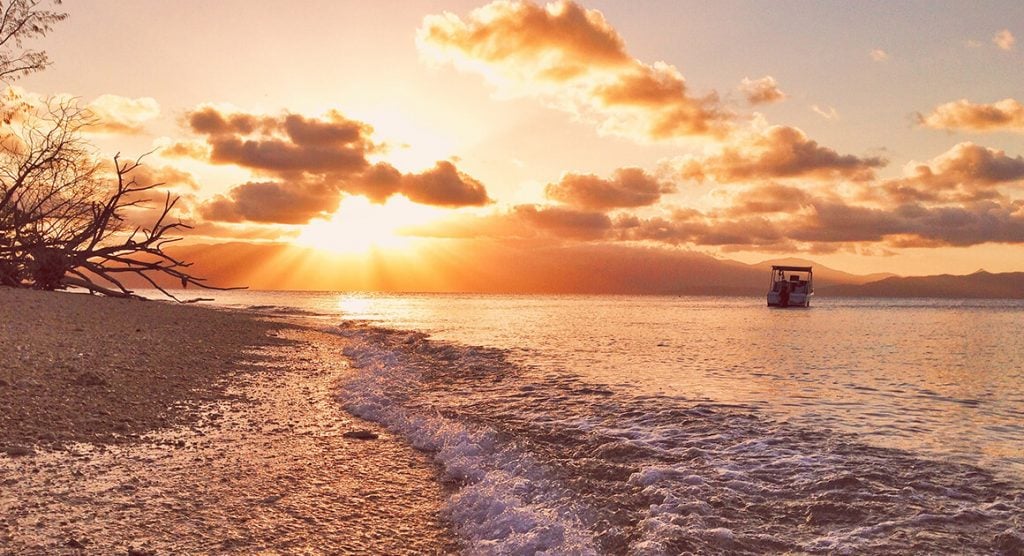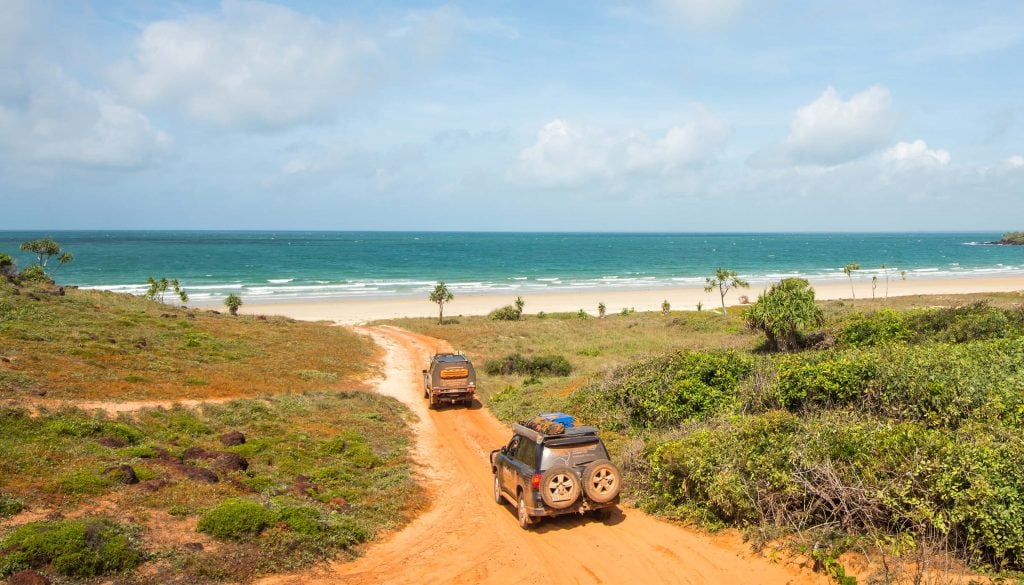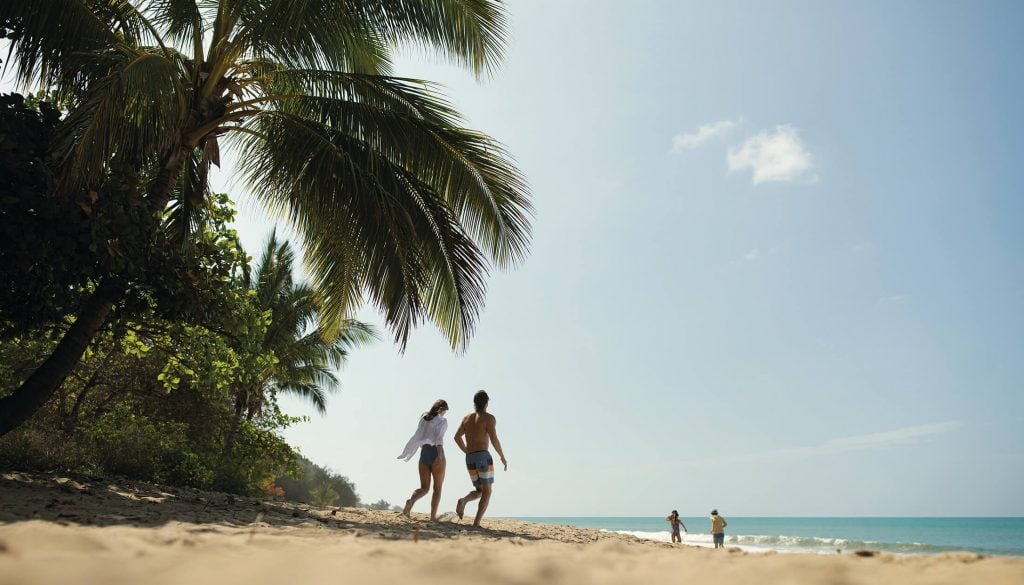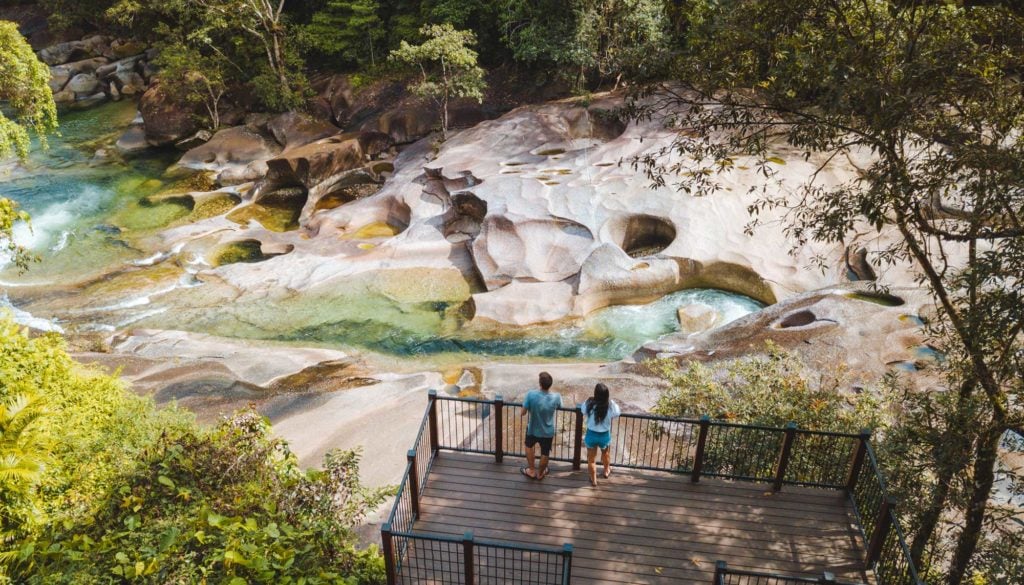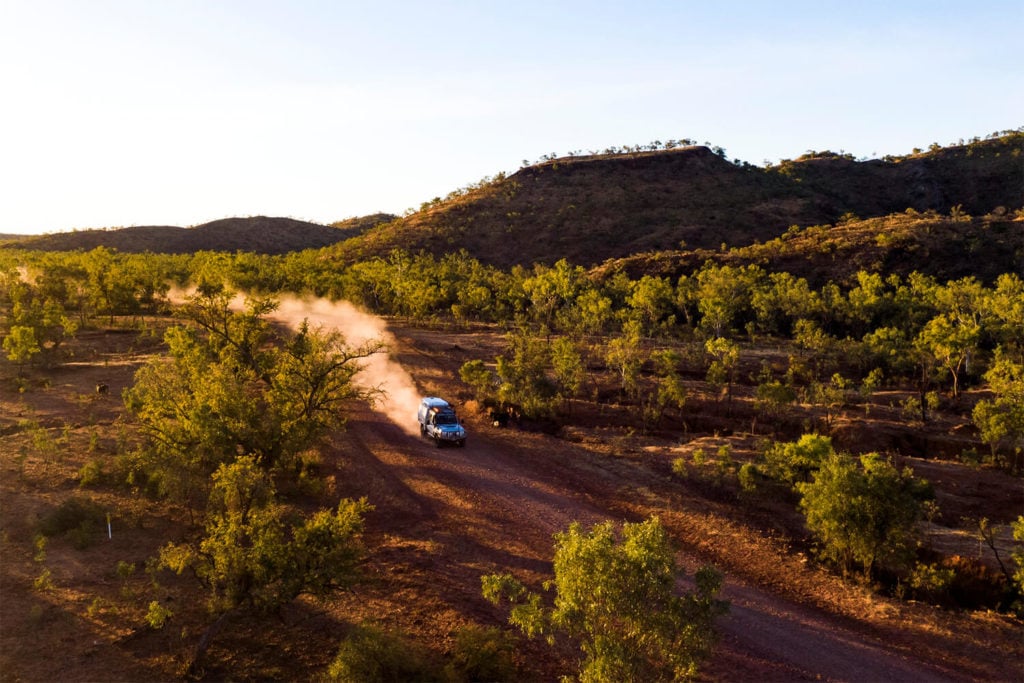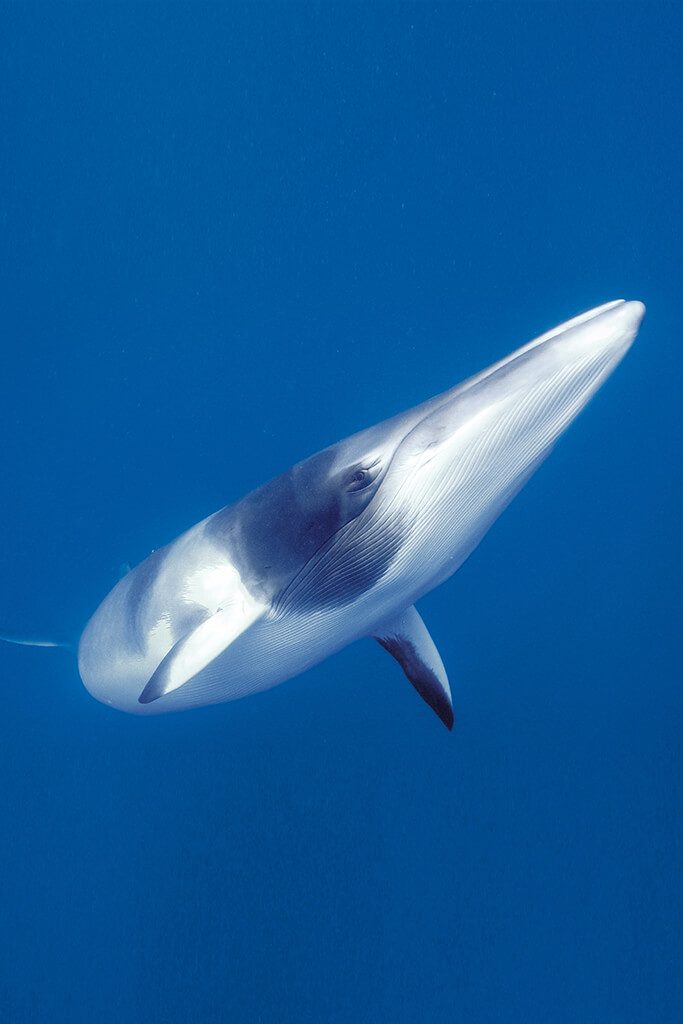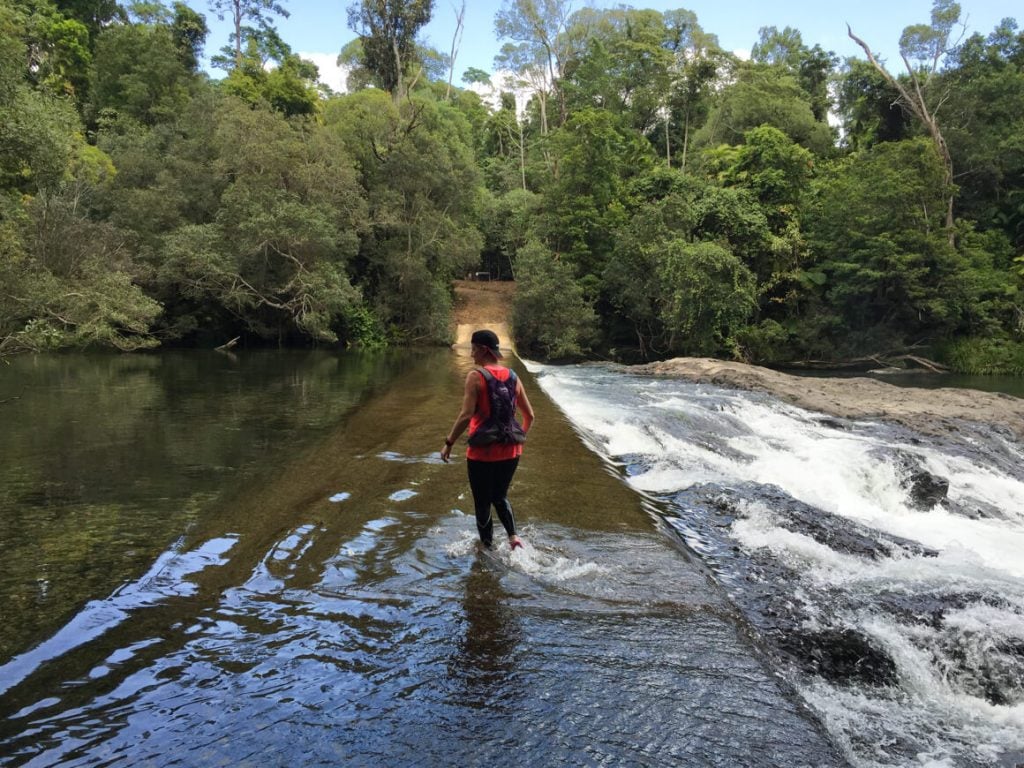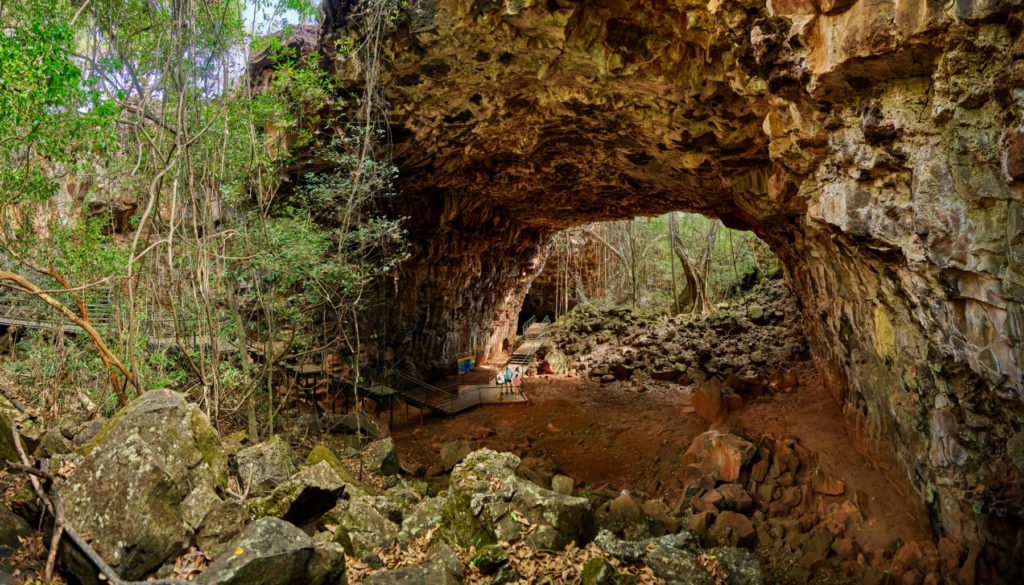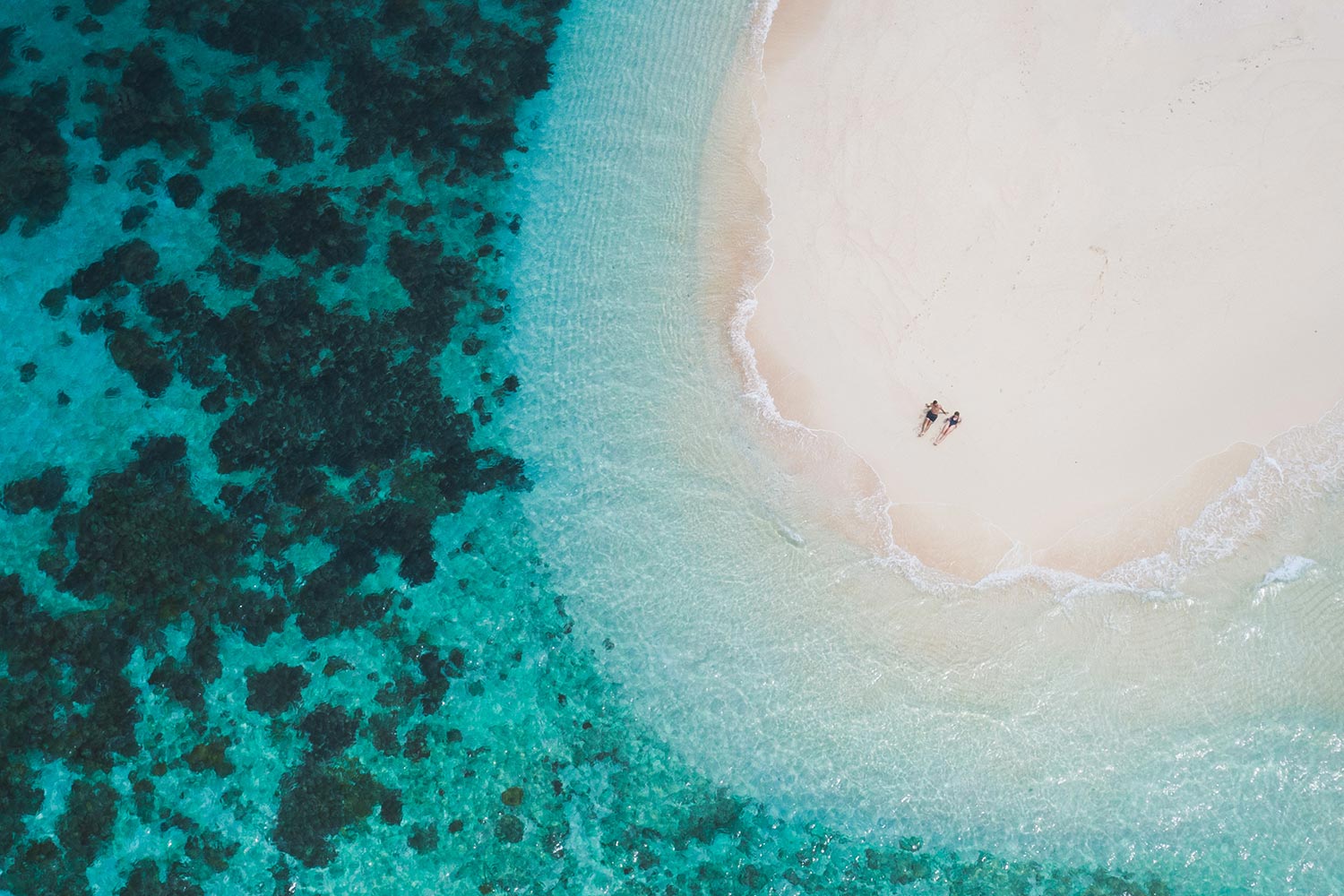TNQ Writer
Winter? What winter? Chase an endless summer and experience the tropi-cool conditions of Tropical North Queensland with this guide.
No need to go to the northern hemisphere this June, July or August to follow the sun. A boarding pass that reads CNS is all you need to enjoy an endless summer. Up here, even in the depths of winter, the weather report calls for t-shirts and togs, a welcome change to other parts of the country, where a trip to the beach requires boots and a beanie. If you’re headed north this winter, here’s 12 ways to enjoy winter in the tropics.
Live the beach life
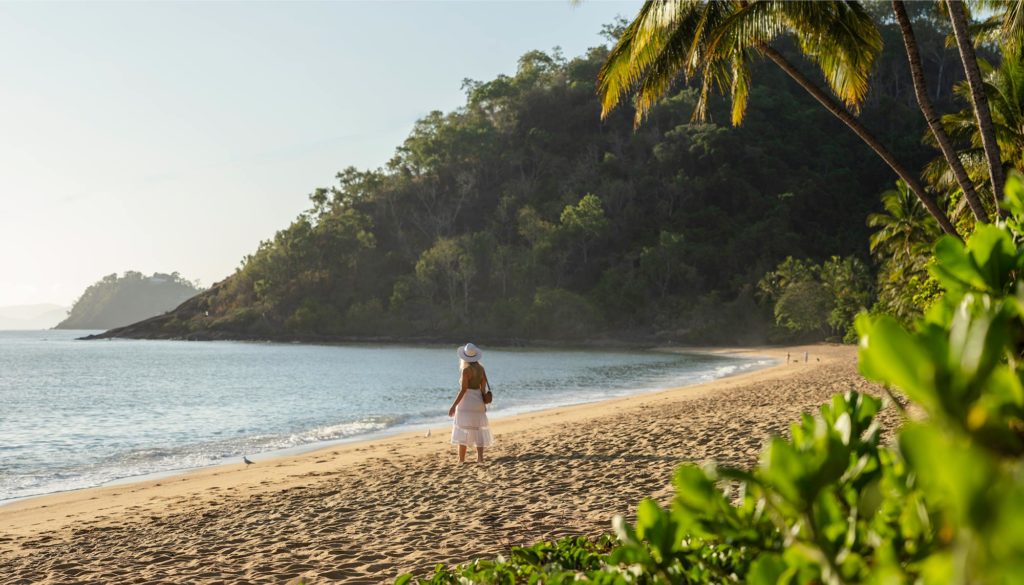
Head to Trinity Beach to see why it's a local favourite
Swap southern chills for Tropical North Queensland beach thrills, exploring local favourites like Palm Cove, Cairns’ Northern Beaches, Port Douglas and Mission Beach. Considering Tropical North Queensland has over 1000km of coastline, you can rest assured there’s a patch of sand with your towel’s name on it. What can you expect from our beaches in winter? Pristine swimming conditions and less chance of rainfall to hamper any outdoor exploring.
Eat and drink outdoors

Dine on the waterfront at the Cairns Marina
Leave your jumper at home and drink in the laidback atmosphere of Tropical North Queensland, enjoying your meals outdoors. Evening temperatures that still sit squarely in the low 20s are one of the main draw cards for visitors between June and August who are more used to cloaking jackets than not packing them at all.
To chew with an iconic view, dine under the palms with this guide to Palm Cove Restaurants or settle in for a night of water views at the Cairns Marina or Cairns Esplanade.
Chase waterfalls
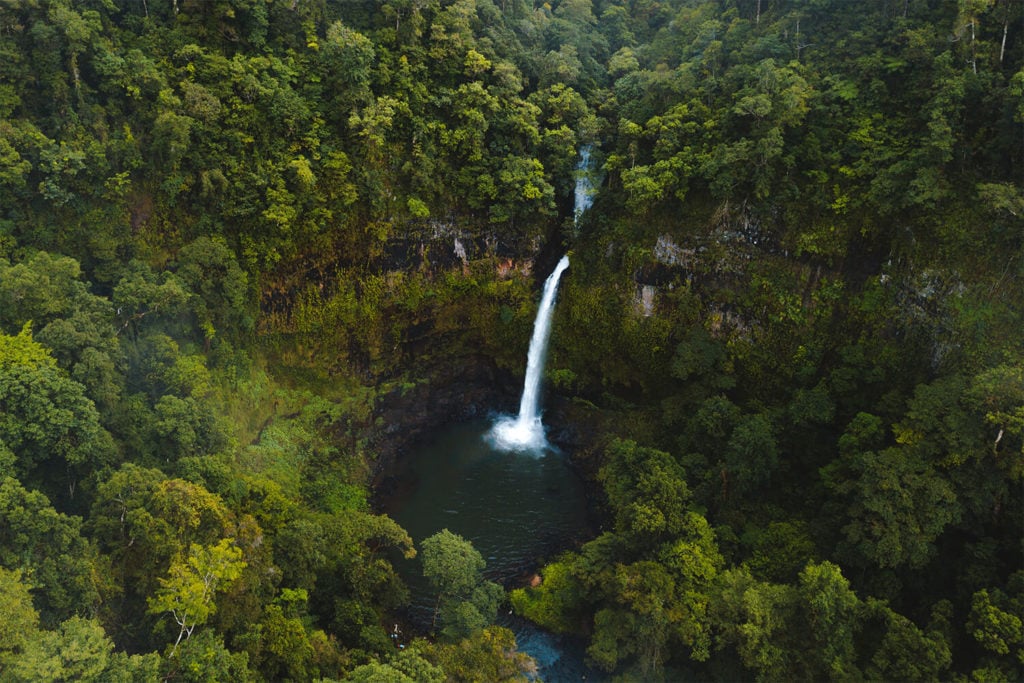
Hike to Nandroya Falls in Wooroonooran National Park
Fringed by world-famous mountain ranges and UNESCO-protected rainforest, you better believe Cairns’ backyard involves waterfall chasing. Adventurers relish in the fact cooler temperatures relieve some of the longer hikes required to find falls like Nandroya Falls or Behana Gorge.
Whale watching
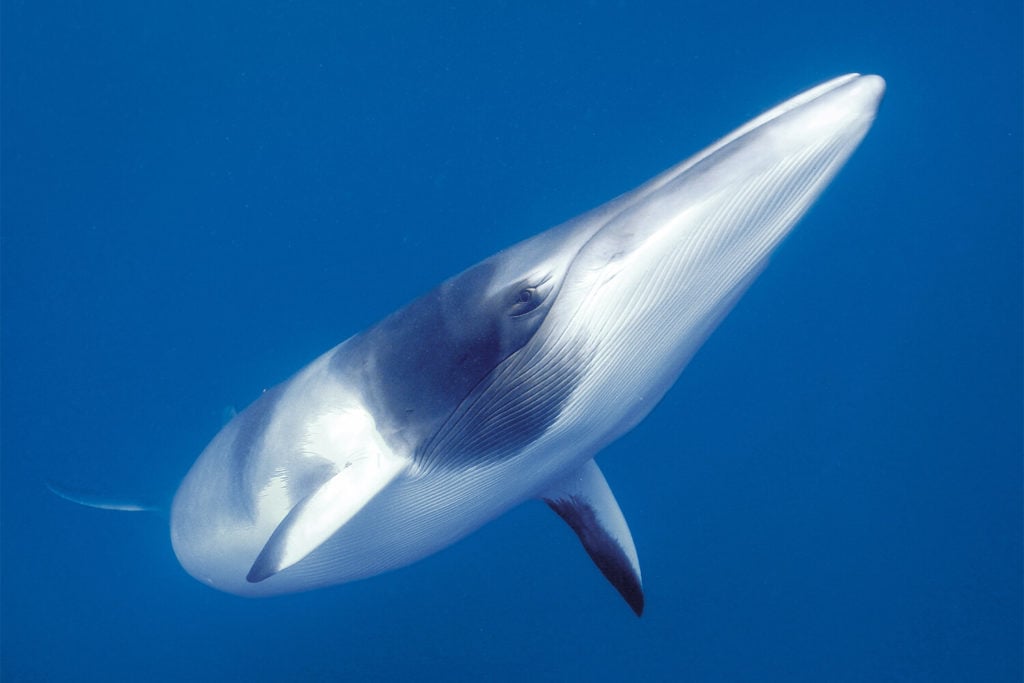
Swim with Dwarf Minke Whales or search for Humpbacks on a whale watching tour
Humans aren’t the only visitors who know winter is an incredible time to visit Tropical North Queensland. Each June a marine migration commands attention, as humpback whales pay a visit to the waters off the coast to birth their young. Good news for those keen to see these gentle giants in action, Cairns has a suite of whale watching experiences to connect you with the offshore, tail-slapping show.
For a once-in-a-life-time whale watching experience, July also marks the start of the dwarf minke whale season. Cairns is the only place in the world you can interact (and swim) with the curious cetaceans. How’s that for bucket list worthy?
Take a hike
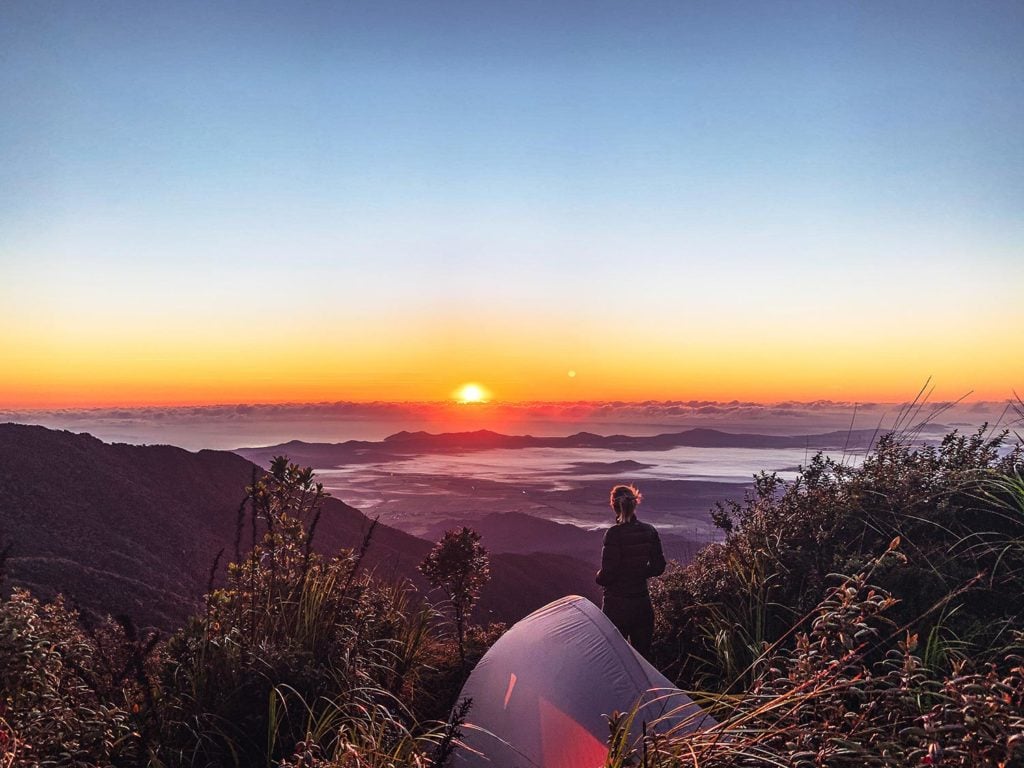
Hike Queensland's highest mountain – Mt Bartle Frere
Get your daily steps up with a walk through the famous foliage of Tropical North Queensland. With 450km of World Heritage-listed Wet Tropics rainforest running right through the region, hiking opportunities come aplenty.
Use the cooler weather to your advantage to tackle some of the longer, more challenging climbs like Mt Bartle Frere & Walsh’s Pyramid, which can be a little more humid than heavenly in the summer months.
Road trip the Savannah Way
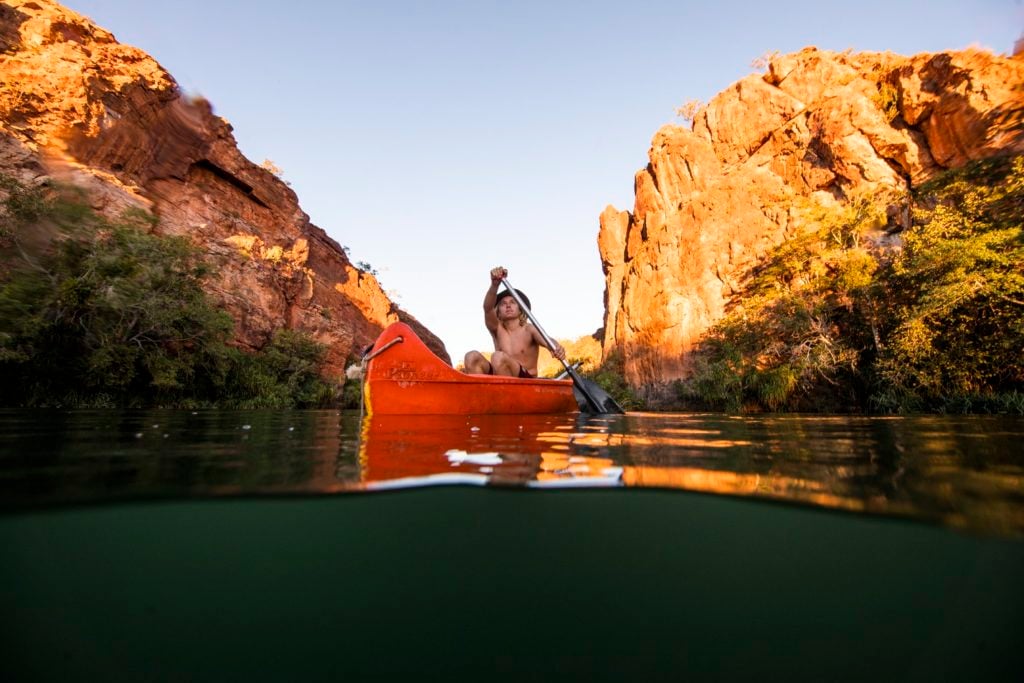
Embark on the epic Savannah Way to Boodjamulla (Lawn Hill)
Discover what lies between the beach and the bush, under bright blue skies, buckling up for a road trip along the iconic Savannah Way. This famous route, which runs for 3700km (if you’re doing the drive in its entirety), is best explored in winter – with lower rainfall to ensure safe driving conditions all the way from Cairns to Boodjamulla (Lawn Hill) National Park.
The journey is all part of this adventure, which is best defined by pitstops including Undara Volcanic National Park (one of the world’s longest lava tubes), Talaroo Hot Springs (a geological spa bath) and Cobbold Gorge (a 10,000 year old gorge that is, well, gorge-ous). After passing through Gulf Country and the seafood capital of Queensland, Karumba, follow the red dirt road to Boodjamulla (Lawn Hill) National Park, which is home to the UNESCO World Heritage-listed Riversleigh Fossil Fields – just a causal 25 million years in the making! Paddle through the bright blue oasis which carves its way through the outback.
Dive into the reef
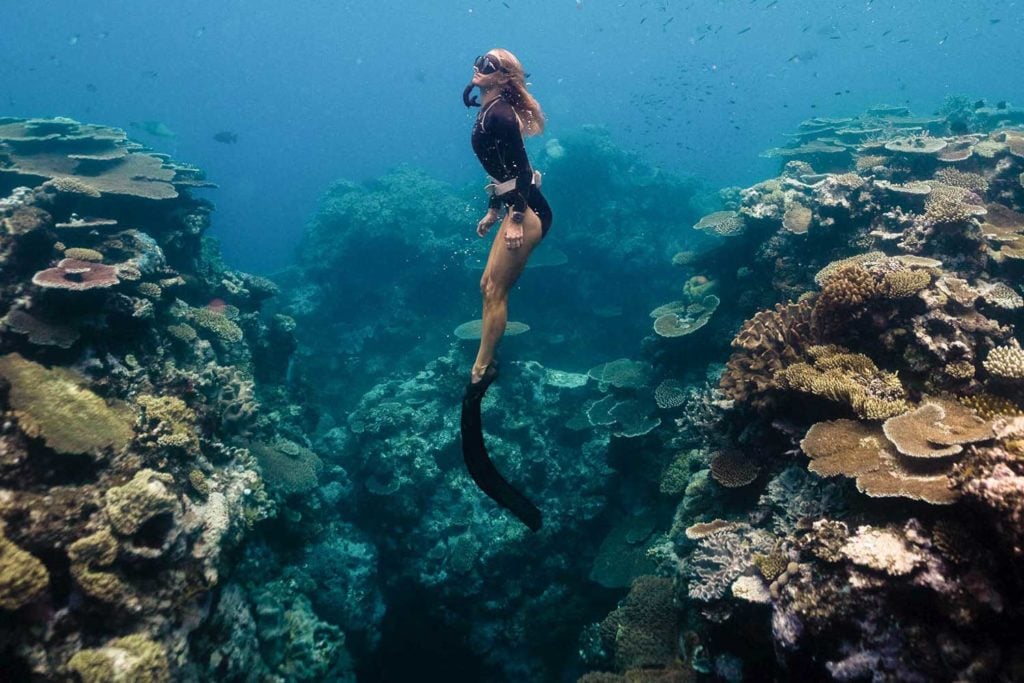
Discover the best kind of winter blues on the reef
Open 365, 24/7, take it from us, the Great Barrier Reef is perfectly seasoned all year round. Even on the coldest days of the year, you can expect the same spectacular swimming conditions, with the water temperatures a comfortable 24 degrees. With sunny, still conditions, and a weather forecast reading a low chance of rain, prepare for a case of winter blues the region is so famous for.
Float in swimming holes
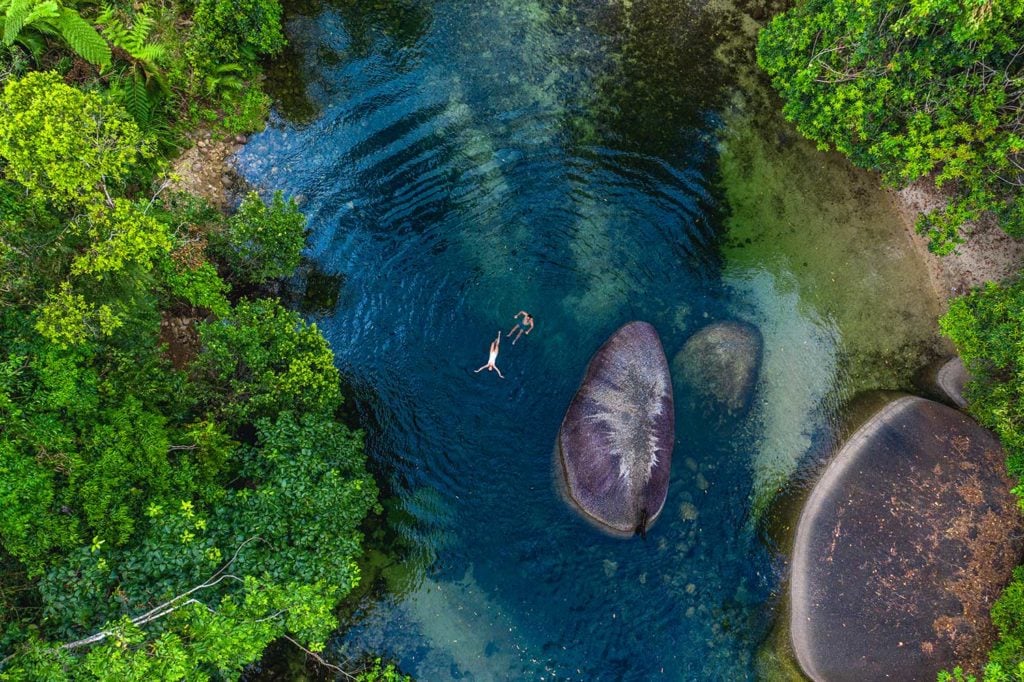
Nature's got your swimming pool cravings covered
Where else but Tropical North Queensland can you swim in an inland waterhole all year round? Make the most of the warm, but not outrageously hot conditions, to wind your way to one of the region’s favourite natural swimming pools.
Stay cool by a pool
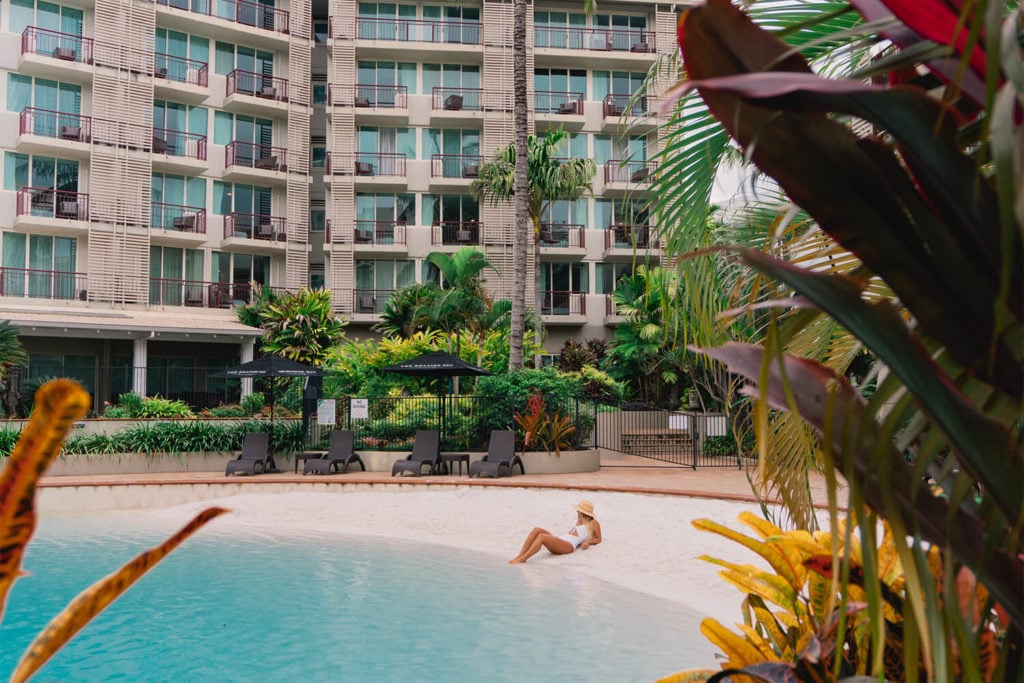
Where else does winter = pool weather?
Go on, retreat yourself with a winter escape under the Tropical North Queensland sun. If you choose your holiday location by the size and scale of their swimming pool offering, there’s a good chance we’ll find you by one of these resort pools.
Cosy up in a rainforest retreat
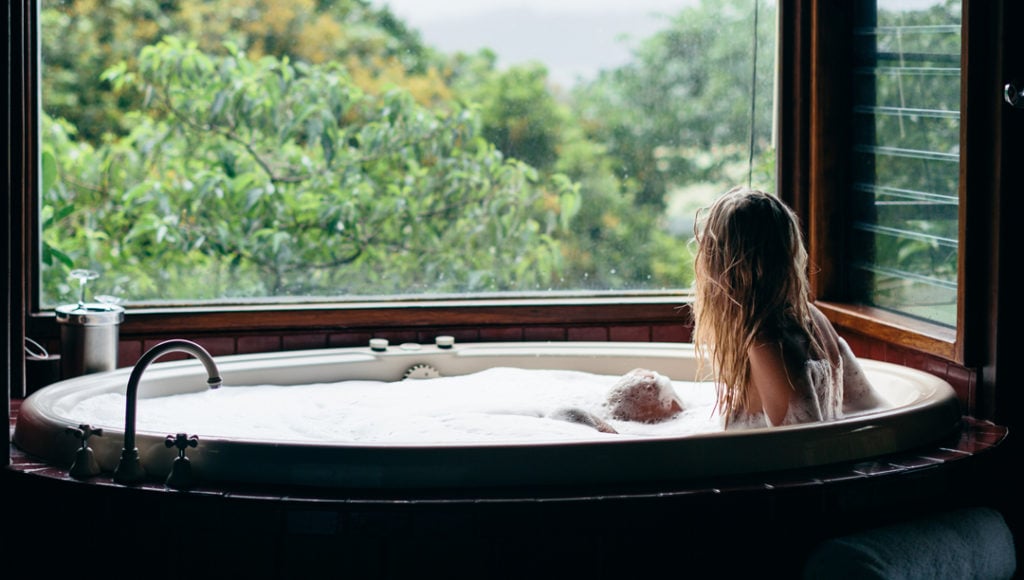
Get cozy on the tablelands
Just because you’re in the north doesn’t mean you can’t wear a jumper or snuggle up by the fire –you’ll just need to be more pointed about where you plan to take your holiday. Head high into the Atherton Tablelands hills and experience a cooler side to the destination. Sitting 752m above sea level, the Atherton Tablelands is the best chance you’ll get to watch the mercury dip into single digits. To combat the chill, there’s a slew of romantic bed and breakfasts, retreats and treehouses, which promise cosy nights around a log fire.
Take a chill pill and island hop
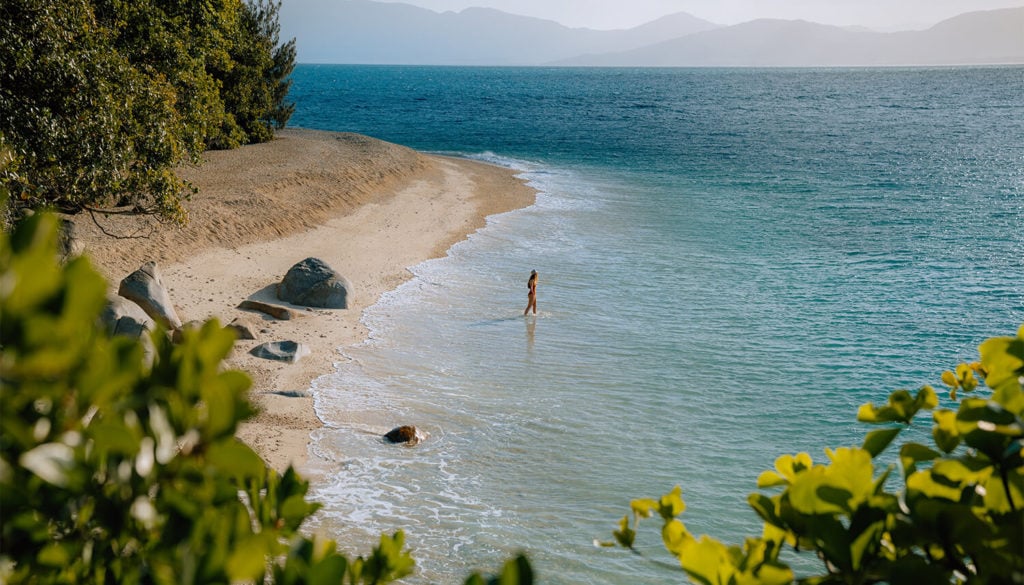
Find yourself on island time on Fitzroy Island
Spend winter the Tropical North Queensland way, marooning yourself on a tropical island. Off the coastline you’ll find miles of isles to base your adventure – from the uber luxe like Bedarra and Lizard Island – to family friendly escapes like Green Island or Fitzroy Island – and that’s just the tip of the island iceberg. To help you get onto island time sooner, get to know our island’s off the coast.
Watch the sky show
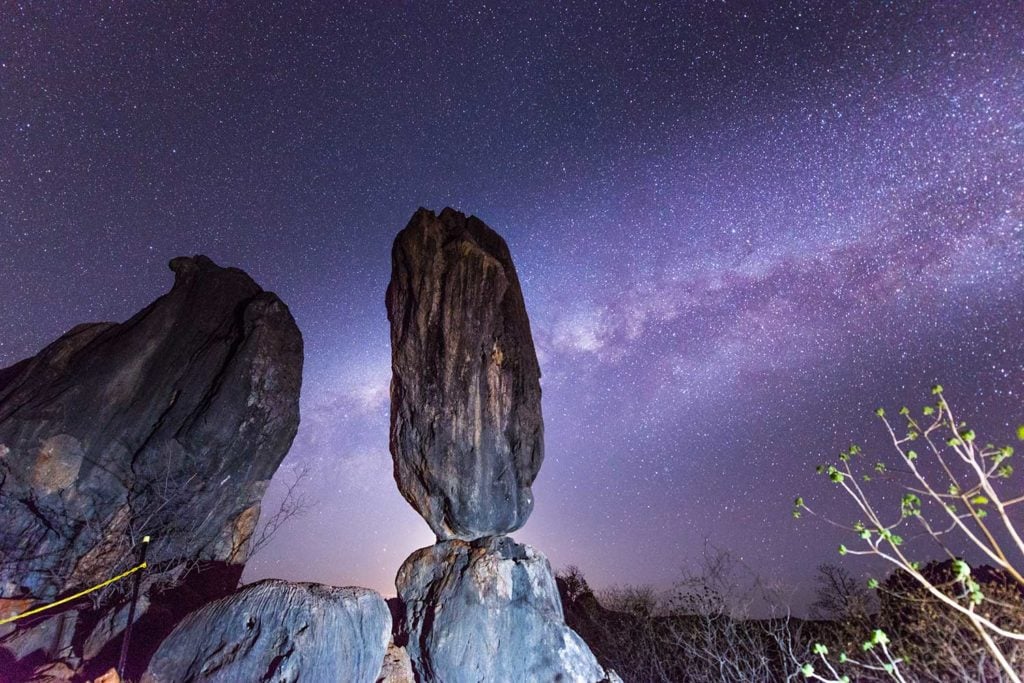
Head outback for the ultimate sky show
Winter makes for stunning skies, and with countless waterfront bars primed for watching the sun’s show, you’re in for a daily sky spectacular. Not sure where to start? Save yourself a seat at one of these waterfront bars and enjoy a literal sundowner. There’s a snowball effect to the sky’s show after dark. Due to lower humidity and clearer nights, winter is also a great time to stargaze and the star-power up here is nothing short of impressive. With little light pollution, the outback provides pristine star gazing conditions. If you’d like a stargazing tour with a cultural twist, head to Burketown and gaze at the night sky while listening to Indigenous storytelling from Australia’s largest salt pans with Yagurli Tours. Only an hour from Cairns, Night Sky Secrets tours provide a sunset meal, guided stargazing with large telescopes, and fireside talks blending an aboriginal perspective with exploration of celestial wonders.

